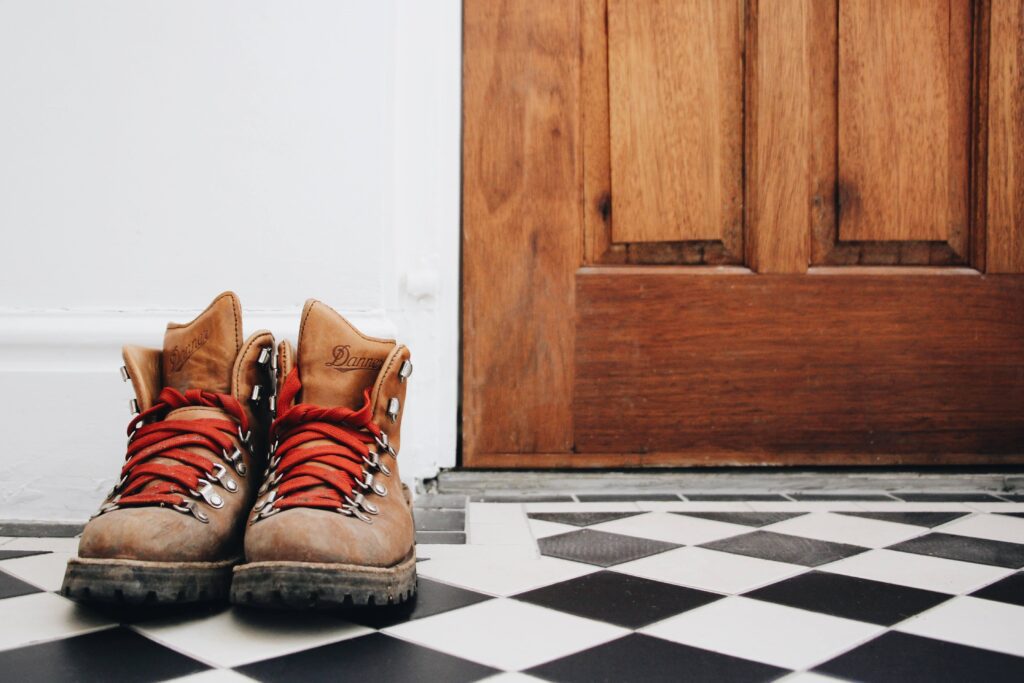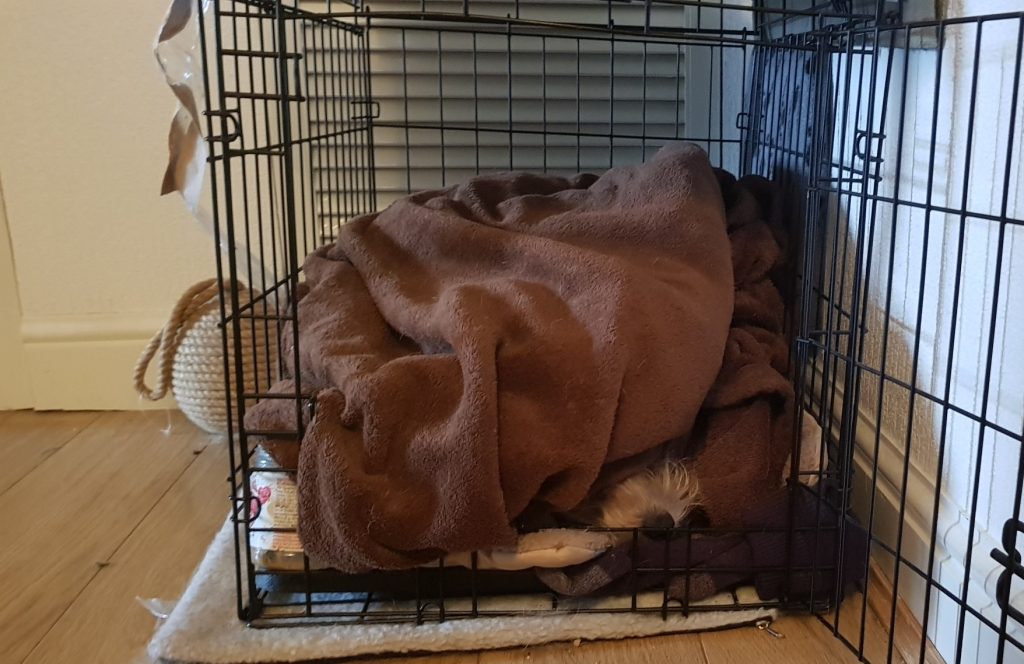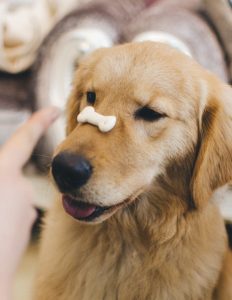Need help with Reactive Dog Behaviour? Join my FREE Facebook support group...
Using Predictors to Reduce your Dogs Anxiety
Dogs are very good at noticing behaviour sequences. Once they spot one, all the steps in that sequence will become predictors of the trigger. If you can figure out the sequence, or create your own, you can often use these predictors to reduce your dogs anxiety, and change their behaviour.
What’s a Predictor?
Predictors act as signals that something is about to happen. They could lead to anything – good or bad. For example, putting your hand into your pocket could predict a treat. The phrase “Uh-oh” could mean something is about to go wrong, the door bell means someone is visiting, the lead means it’s walkies, or picking up your work bag could predict you are leaving for the day.
Your dog probably already knows loads of these, after all he has nothing better to do all day other than watch you and figure out patterns of behaviour. Many of them are fairly unimportant, in dog training terms anyway, but some are essential.
In separation anxiety
Separation anxiety is very closely connected to predictors. Your dog will be very aware of your routines. He’ll know as soon as you have decided to leave him on his own. Maybe your whole morning routine leads to you leaving for work, or just part of it. But at some point you’ll do something that will trigger him to think you are about to leave him.
Let say it starts when you put your mug in the sink, or switch the telly off. Following that, you might get your lunch out the fridge, then fetch your work bag. Maybe you put your work shoes on, then get your dogs kong ready. You can see where this is all going. All the behaviours in this list are predictors that your dog is going to be left alone. This will lead to an increase in your dogs anxiety as they learn to associate those predictors with the final trigger. Once that happens they will start to react to those predictors as well. By the time you actually do leave, his anxiety levels may have elevated 10 or more times. He’ll already be freaking out on the inside, if not on the outside.

Introducing a predictor
If you change enough of the steps in a behaviour sequence, you can create your own, entirely new one. But this time, it should lead to something the dog can cope with. Eventually, you’ll introduce the new predictors and ditch the old ones.
When creating a new sequence, think about the specifics of the old one and what can easily be changed or ditched. Closing crate doors, or not. Think about the specific shoes, different blankets, use of treats and toys, and the location of the dogs bed are a few examples. You could also consider timings, sounds, use of toys or anything else that is, or could be part of your dogs list of predictors.

Using a clicker as a predictor
A predictor doesn’t have to be a series of events! A clicker can be used as a predictor in your training too. The click will become associated with a sequence your dog copes well with (hopefully), and can then be transferred later. You could also use words, sounds or smells too. But they are more difficult to integrate. I can teach you how to integrate a clicker as a predictor in a power hour!
Using predictors in your routine
We all know dogs love routine, but for most of us it’s pretty hard to create a good one. By creating a sequence of events your dog can relax knowing what to expect next. This is great for anxious and frustrated dogs in particular.
So, instead of having tea time at 5pm every day. You could create a routine that starts with you returning home from work (this could be anytime depending in your work routine, maybe). Then you have a shower, go for a walk around the block, then have tea time. So your dog won’t start worrying about food until you come home and the routine is triggered. You could factor any element of his routine into a sequence, but you must stay consistent for it to work for you.
Undoing a predictor
Some predictors are strongly associated with a specific behaviour sequence and may be hard to change. So, you could also consider disassociating the predictor with the outcome. Do this by triggering it at random times.
The doorbell is a good example of a predictor that isn’t easy to change. Even it is was, the new one would eventually become the replacement trigger, so you would only be putting the problem off. You could desensitise the dog to it though by ringing it regularly, and randomly, throughout the day. Don’t just do it the odd time. You’ll need to do it over and over, until the dog is no longer able to reliably say the doorbell leads to visitors. He’ll be watching your reaction during this desensitisation period, so make sure you don’t respond either!
The same could also work for leads and harnesses. If you put them on your dog at random times rather than just at walk times, they will stop being a predictor of walks.
What do you do that predicts something good or bad for your dog?
Are you struggling with your dogs behaviour?
Private Dog Behaviour Consultations are currently available in the Dundee area and beyond, or via zoom. If you are looking for help solving your dogs behaviour and training problems, then please get in touch!


